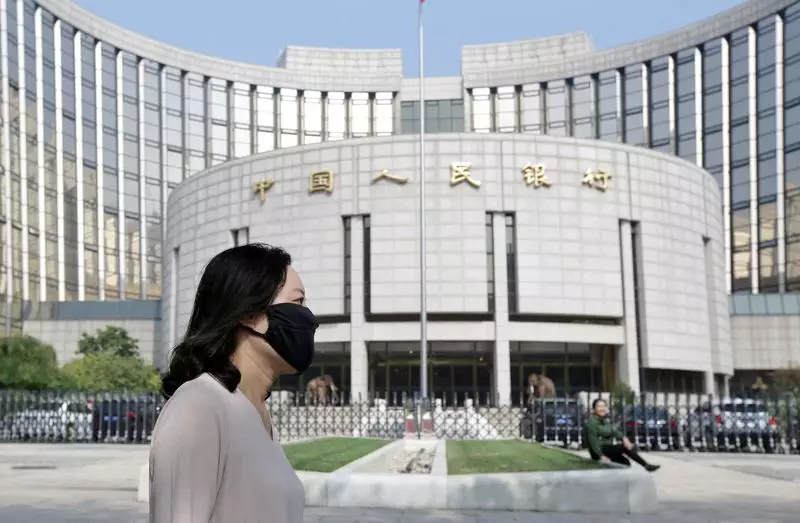As China navigates its economic challenges, recent policy measures reveal a concerted effort by the government to stimulate domestic demand and ensure growth amidst evolving global trade dynamics. The urgency of these initiatives is underscored not only by persistent economic sluggishness but also by the looming threat of heightened U.S. tariffs that could further cloud China’s economic outlook in the coming years. This article delves into the proactive measures outlined in recent government documents, examining their implications for consumer behavior, economic growth, and long-term stability.
One of the standout features of China’s latest economic policy is the enhanced consumer goods trade-in scheme. By broadening the scope of this initiative and offering increased subsidies for digital purchases, the Chinese government aims to galvanize consumer expenditure—a critical driver of economic growth. As China’s economy transitions from an investment-driven model to one more reliant on domestic consumption, fostering consumer confidence is paramount. The policy is particularly noteworthy given the trend toward digitalization in retail, where online transactions have surged. This shift not only reflects changing consumer preferences but also highlights the necessity for government interventions that can facilitate broader economic participation through financial incentives.
Analyzing the broader fiscal strategies deployed by Chinese policymakers reveals a multi-faceted approach toward achieving a stable growth rate of approximately 5% over the next few years. Key among these strategies is the proposed budget deficit target of 4% of GDP for the forthcoming year, along with the issuance of a record 3 trillion yuan in special treasury bonds. Such measures demonstrate the government’s intent to inject liquidity into the economy, directly addressing issues of stagnation and encouraging momentum.
Moreover, the decision to provide surprise wage increases for millions of government workers is a pivotal move designed to disseminate wealth and boost consumer spending. With a projected immediate economic impact of up to $20 billion, this initiative exemplifies a direct form of fiscal stimulus that interlaces with the overarching goal of revitalizing consumer confidence.
Given the anticipated increases in U.S. trade tariffs, China’s readiness to allow the yuan to weaken further signifies a strategic maneuver aimed at maintaining competitive export dynamics. This move embodies a classic currency depreciation tactic, allowing Chinese goods to retain attractiveness in international markets. Such a decision, while potentially beneficial for trade, also underscores the delicate balance that the Chinese government must maintain between stimulating growth and ensuring that domestic consumers do not face inflated prices due to imported goods.
The shift from a “prudent” to an “appropriately loose” monetary policy stance is indicative of a bold departure from past strategies employed over the last 14 years. This unprecedented change reflects the urgency of addressing an economy that can no longer rely on previous formulas for success. Measures such as the reduction of benchmark lending rates and loosening of reserve requirements aim to lower borrowing costs and improve liquidity for both consumers and businesses.
The housing market specifically warrants analysis, given its critical importance to overall economic health. Policies such as tax incentives on home and land transactions and the expansion of funding eligibility for unfinished projects aim to combat the distress plaguing the property sector. By encouraging home purchases and easing financial strains on developers, the government seeks to stabilize this vital sector that significantly influences China’s economy.
The recent measures undertaken by the Chinese government to revitalize the economy highlight a strategic blend of fiscal and monetary policies aimed at boosting domestic consumption, stabilizing key sectors, and fortifying the economy against external pressures. While the potential for growth exists, the successful execution and public reception of these policies will determine whether they yield sustainable improvements or are merely temporary fixes. As the global economic landscape continues to evolve, China’s ability to adapt and innovate within its policy frameworks will be crucial in maintaining its position as a leading economic force on the world stage.

